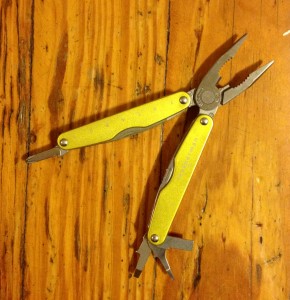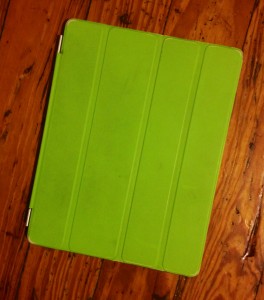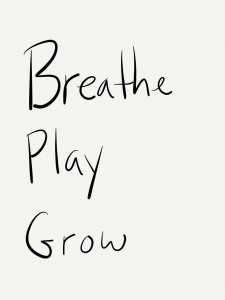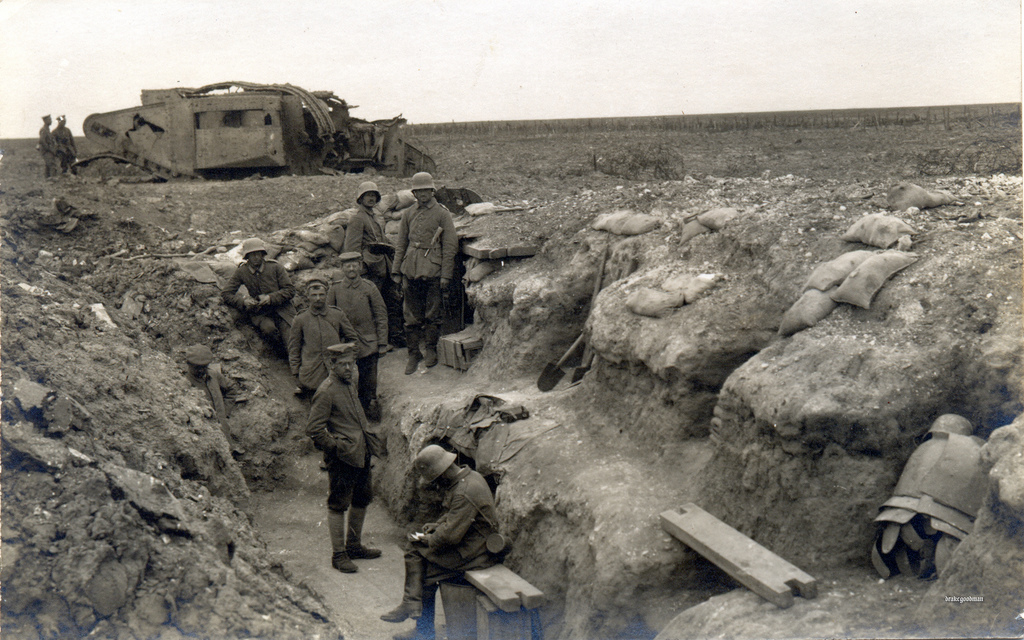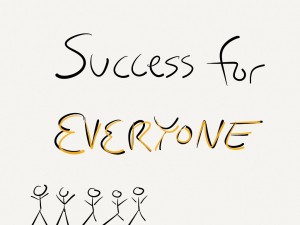 Over the past couple of years I’ve tried to change my back to school night. Historically it has been a night where I tell parents everything we are going to do in the upcoming year in third grade. I’d march through a curriculum summary and parents would leave with a packet of information that pretty much mirrored what I had said.
Over the past couple of years I’ve tried to change my back to school night. Historically it has been a night where I tell parents everything we are going to do in the upcoming year in third grade. I’d march through a curriculum summary and parents would leave with a packet of information that pretty much mirrored what I had said.
In recent years, as I worked toward my administrative license I began thinking about changing this. I began to see that I was, in essence, running the torturous staff meeting that I really wanted to avoid as a principal. You know the meeting, where you find yourself thinking “if you don’t need my input, and you can put it in an email, please do; don’t make me sit here for this.” Parents, sorry.
Last I officially changed the name from Curriculum NIght to Stakeholders Meeting. The official goal of the meeting was changed. It became to “have everyone walk away with a clear idea of how you can help your child through the experience we call ‘third grade’.”I talked less and listened more.
This year, I still wanted it to be different, so I took it an extra step. Before back to school night I sent an email to the parents of my third graders:
Parents,
Over the past few years I’ve been trying to make Curriculum Night more meaningful for parents. I’ve been trying not to make it a torturous information dump full of things that I could put in an email or you could read on the classroom website. It’s the only time of the year when I get all of you in one place at one time and I’d rather not just talk at you (and frankly, if I were in your position I wouldn’t want to be just talked to either).
So, the plan for Monday night is more of a structured conversation where we can figure out how we can support each other as we try to collectively support 24 students navigating third grade. This means I don’t plan on going through the five core subjects and talking about what topics we’re planning to cover in the next 9 months. Don’t worry, all that information is on the classroom website, dallin.benschersten.com (note, there’s no “www” in that URL). In fact, if you read it beforehand and have questions, Monday will be a great venue for that!
So, if you get a chance to peruse the academics section of the classroom website this weekend, that would be great (or you can do it later, it’ll still be there). And I’ll see you all on Monday evening (6:30pm) where we’ll figure out how to make third grade the best experience it can be, for everyone.
Have a great weekend.
-Ben
I stripped down my Keynote presentation to just conversational areas, no bulleted lists. I threw in some hand-drawn graphics (because trying something totally new and going in with little to no agenda wasn’t stressful enough, I wanted to showcase my not-so-artistic drawing abilities*).
And so I took a leap.
Thinking back, it went well. There was lots of discussion.I was able to talk even less and listen even more. A few parents approached me in the days following thanking me for the evening.
More importantly, on a suggestion from a parent, I changed something (which was really the point of the new format). I want my kids to be able to, without me, do some Internet searches for those Googlable questions that arise during the day. Alan November advocates a “researcher” job like this for students. The catch is pitching the idea to the parents of 8-year-olds. The suggestion from a parent was a robust Google Custom Search: pull together all the kid-friendly domains I could find and create an engine for that. It was a great idea; I’m working on it.
As I continue to reflect, I really liked the format. It was respectful of the parents, their time, and their ideas. Being able to take in their ideas allowed me to send the message that we’re in this together. Once a year I get all the parents in the same room at the same time; I can’t imagine a better message to send.
——-
*Somehow the iOS app Paper makes my crude drawings look far more artistic than they really are.


